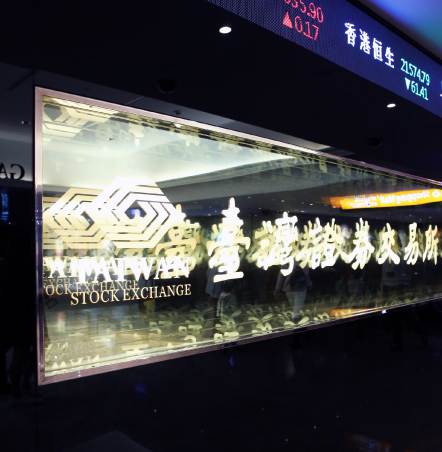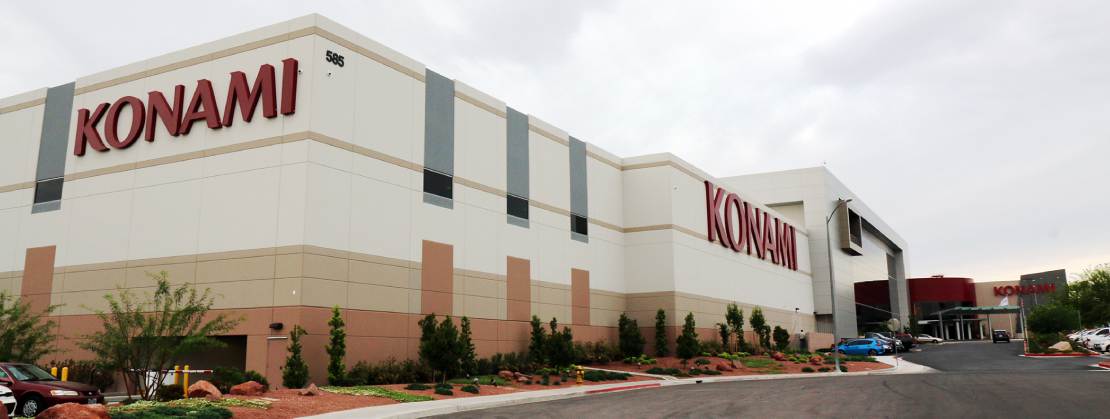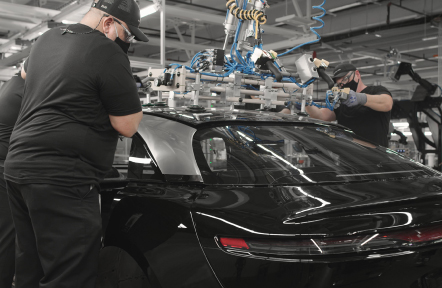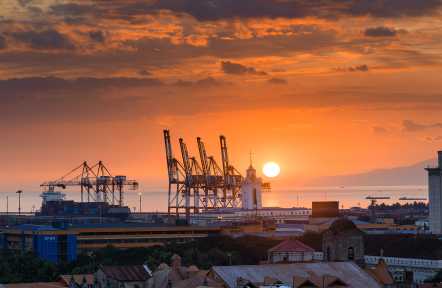It is with great trepidation that Malaysia steps out into a new reality of government and global economics. The recent Khazanah Megatrends forum brought together global thought leaders to discuss the future of Malaysia and the region under the title “On Balance: Recalibrating Markets, Firms, Society and People.” The newly appointed minister of economic affairs, Dato’ Seri Azmin Ali, noted in his keynote address that, “Malaysia remains stuck in the middle-income trap as we have not yet been able to transition towards becoming a high-income nation.” As of 2017, GDP per capita, as measured in terms of nominal US dollars, has fallen to $9,944 from a peak of $11,183 in 2014. He qualified further that this will require a different economic logic for Malaysia, which requires a focused shift towards new industries reflective of the emerging global technology landscape. More significantly for me, he stressed that we have to become experts of the applications of breakthroughs in innovation and technology that will increase our economic productivity. This has been the goal of Malaysia for a long while now, a goal some may say has eluded us.

From Vision 2020, launched in 1991, in conjunction with the “6th Malaysia Plan to the Economic Transformation Program,” launched in 2010, numerous projects and initiatives have been undertaken aimed at achieving this step change in economic capability. The phrase “step change” here must be appreciated because it is particularly relevant in context of Malaysia today. Becoming a nation of “experts in application” is a step change when we consider that the majority of Malaysia’s manufacturing industry (which constitutes on average of more than 40% of GDP) is comprised of build to print contract manufacturing. For this type of manufacturing, the primary requirement is the ability to execute ideas and designs already well defined by the originators. Many in Malaysia do not necessarily appreciate exactly how far this puts us in context of the ability to do design and build.
The first step change is bridging gaps not only in skills and capabilities, but also in the development of design and build organizational structures and quality management systems. In my experience over the years in advising Malaysian companies that wish to “go up the value chain,” most are not aware of these step change requirements. It is often a lengthy process to get top management aligned. This is mainly because it is not in the DNA of a company focused on build to print contract manufacturing. The DNA of these companies is mostly to build things cheaply. The organizational structures and quality management of a design-and-build organization differ significantly from a typical Malaysian company today in that a design-and-build organization manages a multitude of additional risks that need to be quantified. Risks associated with product development, engineering, investment, skills and capability development all need meaningful procedures and knowledgeable manpower to manage. An organizational structure that accompanies the ability to manage such risks implies one with a tacit understanding and ownership at every level. This necessitates a high investment in personnel, both in terms of quality training and in operational strategies that optimize the utilization of these personnel.
The next significant step change is developing core competencies that are requirements to develop complex products. In countries like Japan and South Korea, where a culture of self-sufficiency has been driving their economic strategies, companies like Honda and LG were built from the ground up into technology conglomerates that covered a wide range of applications, tracing their humble beginnings as car mechanics and makers of home radios. These companies have since developed deep technological core competencies in internal combustion engines, vehicle transmission and integrated circuit design, citing a few as examples. Core competencies are key to technology business models. They define a company’s competitive advantage, without which a company can only imitate. It is this last point that largely describes the current state of Malaysian industry. Which is not to say that there is no ingenuity among Malaysians and Malaysian companies. In fact, much to the contrary. However, the development of a core competency implies a structured and methodical program of capability development and knowledge accruement over years, honed into a true competitive edge. It implies a deep knowledge culture within an organization, which must drive management strategy and decision making. In Japan and Korea, senior management often comprises those who literally started from the shop floor and have a deep passion for technology. Having this sort of management and management strategy built around core competencies drives a business model that predicts and, in some cases, dictates market trends. This modus operandi implies forward investment in technology development as a basic requirement for business sustainability.
The final step change is considering the 4th Industrial Revolution itself and the way it will fundamentally shift business models globally. Spotify and UBER are among the technology companies that have demonstrated how the “as a service” (a.a.s) economy is on the rise. The a.a.s economy prioritizes utility over ownership and drives maximum value extraction from physical assets. Why pay for a room full of compact discs when you can transform your mobile phone into a virtually limitless jukebox for the price of one compact disc a month? Like Skynet of the Terminator movie series, these new a.a.s business models are infiltrating businesses everywhere, slowly but surely destroying perceptions of what the consumer is willing to pay for.
Consider the car. Today, the auto industry’s business model is based on mass consumption and private ownership. The car is also a complex piece of equipment with hundreds of moving parts, most of which are invisible to the user, e.g. pistons, crankshafts and valves. A lot of things can break down and need to be fixed. Today’s electric vehicles in contrast are simply a battery with electric motors connected to four wheels, with a simple or no transmission system at all. Driverless technology being developed all across the world via multiple competing companies, will enable these electric vehicles to be fully autonomous, allowing them to pick up and drop off passengers continuously throughout the day. It is mobility a.a.s.
These two business models dictate opposing requirements to the vehicle manufacturing industry. The car factory may employ thousands of workers producing thousands of units every month to cope with the insatiable need of the consumer for the next object of desire. The mobility factory on the other hand will produce much fewer vehicles built to serve a market of environmentally conscious users who are happy to use an app to pay for only the life of the vehicle they consume and share the rest with their fellow man. The mobility business model aims to achieve as close to a 100% vehicle asset utilization as compared to the car which spends most of its life parked. The mobility factory may one day build the next upgrade and also maintain the same vehicle. It will be a flexible factory that isn’t hell bent on breaking production records but instead providing an economical and reliable service.
The 4th Industrial Revolution business model illustrated by the mobility a.a.s model above implies that companies have more service orientated business models. Although services businesses are not an alien concept in Malaysia, the way that products and technologies are built into it in the 4th Industrial Revolution is well, revolutionary and extremely disruptive. Business concepts in today’s information technology world, such as “scrum” and “agile,” imply highly optimized organizations built to adapt to scenarios of constant change in business model. These will now become the norm for those engaged in manufacturing which is a far departure from Malaysia’s build to print comfort zone. Today, a build to print business in Malaysia is provided a product definition (most often a sub-part of a larger complex assembly) to be manufactured for a consumer market that is told to exist without any real ability to interact or understand that market. The various step changes above are key for Malaysian businesses in order for the country to be able to break from the middle income trap via the route proposed by the minister of economic affairs. To achieve this we will need to revisit the DNA of our manufacturing sector and prescribe effective ground up solutions to support the timely evolution this landscape.











